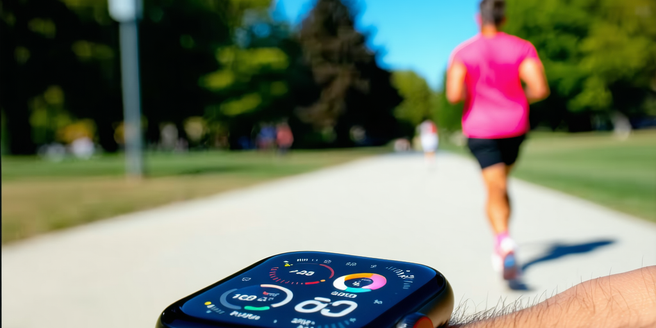Wearable Tech For Fitness Monitoring

Understanding the Basics of Wearable Tech
Wearable technology, often encapsulated in the form of smartwatches, fitness bands, and other gadgets, serves as a personal gateway to monitor various health metrics. These devices, embedded with sensors, can track activities like heart rate, steps taken, calories burned, and even sleep patterns in real-time. The increasing sophistication of wearables means they can now seamlessly integrate with mobile apps and provide users with a holistic view of their fitness regimes. Understanding how these devices collect and interpret data is crucial for anyone looking to enhance their physical health via technology. The appeal of wearable tech lies in its ability to offer immediate feedback, empowering users to make informed decisions about their daily habits and health goals. As technology evolves, the accuracy and functionality of wearables continue to expand.
Benefits of Using Wearable Fitness Monitors
The surge in popularity of wearable fitness monitors is no accident; these devices provide multifaceted benefits that enhance physical health and lifestyle. One significant advantage is the ability to monitor vital statistics like heart rate and steps throughout the day, giving users valuable insights into their overall activity levels. This real-time feedback helps in setting and achieving personalized fitness goals. Daily tracking motivates users to maintain consistency in their workouts and encourages healthier habits. Moreover, the data collected allows for comprehensive progress tracking over time, making it easier to pinpoint patterns and identify areas of improvement. Integration with fitness apps further enhances this experience by providing tailored workout routines and nutritional advice. Ultimately, wearable tech acts as a personal coach, providing incentives and guidance to achieve optimum wellness.
Top Wearable Devices for Fitness Enthusiasts
For fitness enthusiasts, wearables have become indispensable tools in their fitness arsenal. The market boasts a variety of devices tailored to meet different needs and preferences. Leading the pack are devices like the Apple Watch and Fitbit, which offer an array of apps to track workouts, heart rate, and even blood oxygen levels. Garmin devices are a favorite among serious athletes due to their advanced GPS and detailed activity tracking capabilities. Meanwhile, brands like Xiaomi and Samsung provide cost-effective options without compromising on essential features. Fitness enthusiasts should consider ease of use, battery life, compatibility with other devices, and the specific metrics they wish to monitor before choosing the right gadget. Whether you are a casual jogger or a marathon runner, there’s a wearable to enhance your fitness journey.
Features to Look for in Fitness Wearables
When selecting a fitness wearable, it’s essential to evaluate its features closely to ensure it meets your personal health goals. Key attributes to consider include heart rate monitoring, GPS functionality, and water resistance. Heart rate monitoring allows you to gauge workout intensity and adjust in real-time. GPS is crucial for those who enjoy running or cycling, enabling accurate tracking of distance and route. Water resistance ensures the device can endure sweat and rain, or even swimming sessions. Battery life is another crucial factor; no one wants a device that needs frequent charging amid activities. Compatibility with different operating systems and apps can enhance the usability of your wearable, offering seamless integration with your fitness programs. Striking a balance between stylish design and functional performance is essential for both motivation and practicality.
Future Trends in Wearable Fitness Technology
As technology advances, the horizon of wearable fitness technology continues to expand with novel innovations. One anticipated trend is the incorporation of AI and machine learning, which will lead to more personalized health insights and recommendations based on user data. We are likely to see an increase in the use of biometric sensors, expanding wearable functionality to include mood tracking and stress management. Wearables are also expected to become more seamless and integrated into everyday clothing, making health monitoring unobtrusive. Additionally, the move towards eco-friendly materials and energy-efficient devices aligns with global sustainability goals, while advances in battery technology promise extended usage time. These trends will transform wearables from mere fitness trackers into comprehensive health management tools, offering users an unprecedented level of insight and control over their wellness journeys.